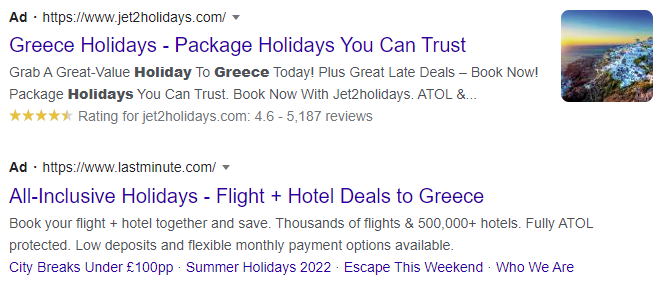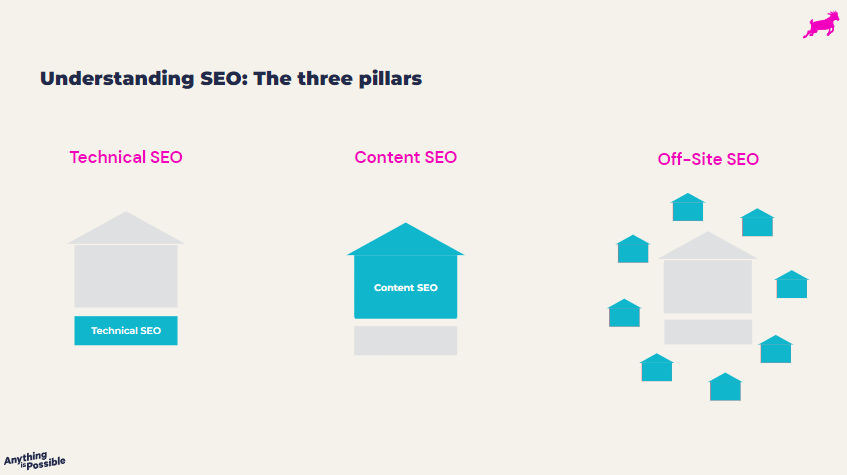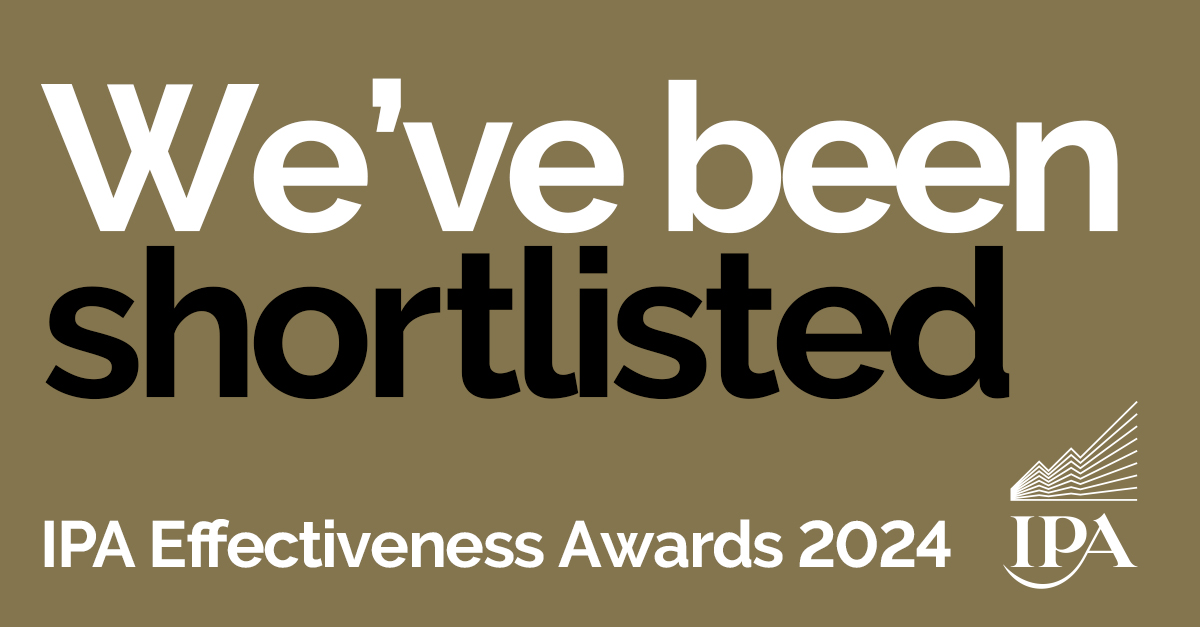OK let’s go back to basics. SEO stands for Search Engine Optimisation and PPC stands for Pay Per Click. Though SEO and PPC both work for the same end goals, they are very different channels that require different methodologies and techniques. We can locate them both in the SERP (Search Engines Results Page) and both aim to increase traffic and conversions and optimise your businesses’ media ROI.
Keep reading to see what makes them so different – and so similar – all together!
What is SEO?
SEO means Search Engines Optimisation (just in case you didn’t catch it earlier) and, as the word suggests, its main purpose is to optimise your website for search engines. This means that you will climb up ranking positions on the search engines and gain organic traffic.
Organic traffic?? What’s that?
Often it happens that you search on Google for some of the information, products or services you need and, normally, you will pick and analyse one of the first ranking results (aka, the first result that doesn’t have “ad” next to it that you find on the page). That result is there for a reason: some hard-working SEO team somewhere in the world worked hard for it to be there.
We searched “holiday greece” on Google and these are the results we had. On the top, there is an example of the first two ads which appear before organic listings, and on the bottom is the organic result ranking #1.


By investing in SEO you are increasing your likelihood to appear up nearer the top of the page, but for free. The closer you are to the top of the page the better, these are the organic results everyone is more likely to click on. Click-through rates drop off dramatically beyond the first few blue links. If you are on page 2? Forget about it. You might as well be nowhere.
It may not seem like much but it’s hard to exaggerate the impact that one or two places higher up the SERPs listing can make on your traffic. It’s why 49% of marketers report that SEO is the best Return on Investment (ROI) of any other marketing channel (SEJ).
How does SEO work?
SEO is dependent on the search engine’s ranking factors. Only Google, the search engine owning the majority of the organic searches (95% on mobile and 86.% on desktop – Smart Insights) currently has 200 (known) ranking factors.
In consideration of the ranking factors and their optimisation, SEO is based on 3 pillars:
- Technical SEO: the foundation of your website (accessibility, security, speed etc)
- Content SEO: your on-page SEO (content & keyword focus)
- Off-Site SEO: What people and the industry say about you (external linking)
We can use the analogy of a house, as we show in the figure below. The foundations of the house are fundamental to keep up the house, make it accessible through a functioning door and access it without any security issues (Technical SEO). To feel happy to invite guests around you’d like to have a nice space inside which looks pretty and is functional (On-site SEO). Finally, if your house is situated in a rich and safe neighbourhood, it is normally also considered safe and wealthy. This is because of your reputation.
So works SEO.

Excited? There is more.
What is PPC?
PPC, or Pay Per Click, is a type of internet marketing used to drive traffic to the website by paying the publisher a fee for each click that the ad receives. PPC is relatively quick to show results. As long as your ad campaign’s quality score is high and the keywords are strategically placed we will have a successful campaign.
(No, of course, it is not THAT easy. You need a good strategy in place and much else besides to be successful with PPC. But remember this is just the basics.)
SEO has various pros and cons. While we don’t have to pay Google and the top ranking positions are normally more stable, an SEO strategy is a long-term investment. On average, a website requires about six months to see results on its organic traffic and on search results. Furthermore, SEO needs to deal with Google algorithm updates and it requires a high level of skills and expertise (especially to keep up with Google’s mood swings).
PPC speeds things up and takes out the short-term pain. But it costs.
There are eight different types of PPC:
- Search Ads (The most popular ads and those which can collaborate with SEO the most)
- Display Ads
- Remarketing Ads
- Video Ads
- Shopping Ads
- Paid Social Ads
How does PPC work?
PPC (Or Pay Per Click – in case you forgot it) works by paying by the click. You are charged whenever your ad places on the SERP (because its campaign parameters fit the user’s search terms) and the user clicks on it.
What? So if nobody clicks you don’t pay? Pretty much.
Essentially, advertisers create ads and bid on keywords which have a specific Cost Per Click (CPC). Based on your Ad Quality Score (We will get to it in a second) the position on the SERPs will increase or decrease and so will your CPC. Whenever a user clicks on your ad you will pay a fee. Ultimately, it is a way of buying traffic to a specific page on your site (hence why conversions are very likely) rather than working hard to earn them.
What’s the Google Ad Quality Score?
That’s when the PPC game becomes interesting!
Google says that: “Quality Score is a diagnostic tool meant to give you a sense of how well your ad quality compares to other advertisers.”
Quality score is measured at the keyword level on a scale from 1 to 10. A higher quality score means a lower CPC and a higher position on the result page. The higher the quality and relevancy of your landing page (compared to other advertisers), the higher the quality score.
Calculating quality score
There are three elements contributing to the quality score:
- Expected click-through rate (CTR): how likely your ad is to be clicked.
- Ad Relevance: how relevant is your ad compared to the user’s intent.
- Landing page experience: how relevant and useful is your landing page for people clicking on your ad (bounce rate is a big one here).
On top of these three main factors, there is the overall domain authority and User Experience, (this includes speed, ease of navigation, security etc).
Does anything sound familiar? Each of the pages of your website could be a landing page. This means that the optimisation of your website will help your quality score to increase (disclaimer: the whole website needs to be taken into consideration and optimised to see long-lasting, successful organic results).
But let’s step back a second and talk this through now that all the elements of the equation are clear. In the next post, we’re going to look at how you can bring SEO and PPC together to boost the ROI of both. And that’s when things get really exciting.
And if it’s not clear? Get in touch and let’s talk it over.




